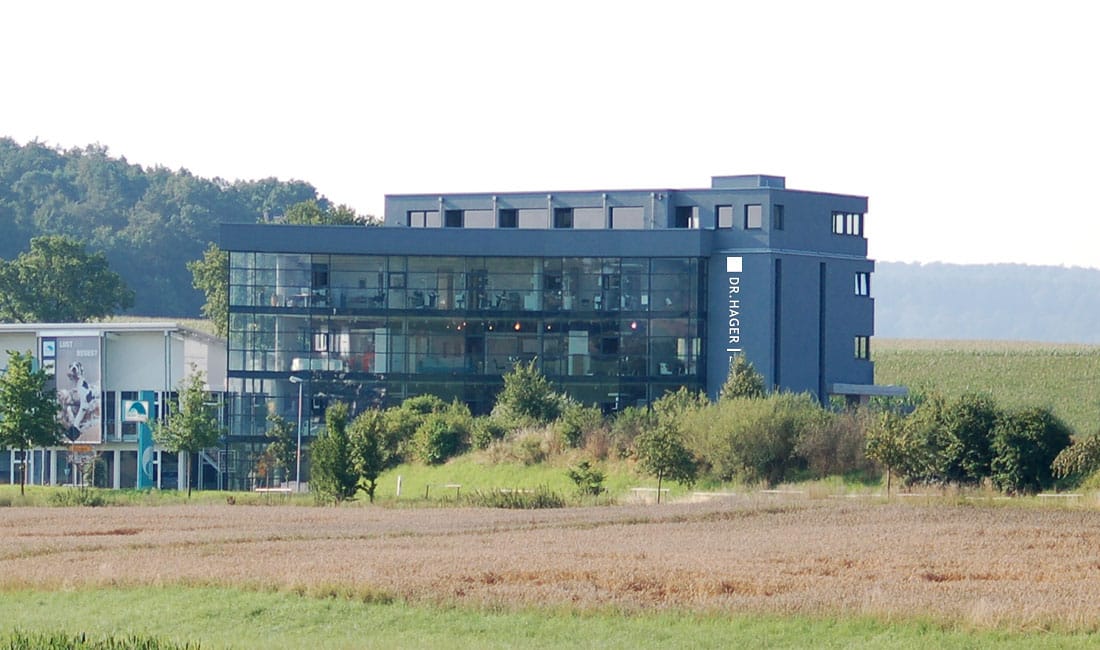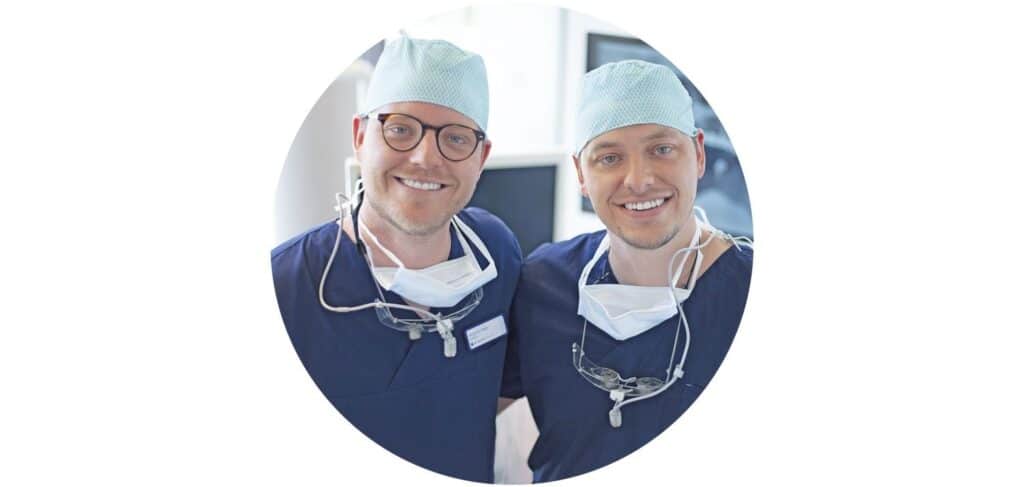
DENTISTS
(working in the family business for 4 years)
Benjamin Hager and Dominik Hager
You have been working as a twin dentist team at Dr. Hager Zahnärzte in Constance and Bietingen for almost 4 years now. What does your daily work routine look like?
Benjamin Hager: Yes, when we started working as dentists here in our parents’ practice a few years ago, we were already familiar with many of the procedures, processes and the team. So of course it was easy to settle in. We practically grew up with the dental practice, so it was a daily topic at the dinner table or on family vacations.
A normal day starts in the morning with a warm and enthusiastic “Good morning” to all employees.
A short meeting begins with various employees, whether in the graphics office with our media designer Vanessa, a business management meeting or a surgery planning meeting between the two of us.
A quick glance at the daily program with our patients and the first appointment in one of the six treatment rooms begins. In our case, these are usually initial consultations with patients or operations involving implants. These are artificial roots made of ceramic or titanium that patients need to be able to chew firmly again.
We tend to plan our appointments for longer, so that we can take our time and the patient also feels this – in our opinion, this is the only way to build up a deep trust between the dentist and patient.
You mention implantation – i.e. the insertion of support pillars. What exactly is this and is it a good way for patients to get fixed teeth again?
Dominik Hager: Implantation means nothing less than inserting something, and we do this with small mini-screws made of ceramic or titanium, which are inserted into the jaw where teeth used to be. This small screw, which is about as long as a fingernail and a little thicker than a match head, usually heals for two months before it is loaded.
Our prosthodontists (i.e. dentists who specialize in dental prostheses, i.e. crowns, bridges and dentures) then make the appointments that enable the patient to chew again, e.g. placing crowns on implants. This appointment is always a very emotional moment for patients, as they have usually had one or more gaps between their teeth for years.

You mentioned that implants can be made of ceramic or titanium, what is the difference?
Dominik Hager: This is a very interesting field in oral surgery, especially from today’s perspective. In the past, implants were only available in titanium, but nowadays, especially from the point of view of metal-free and biocompatible dentistry, the focus has shifted to ceramic implants. Nevertheless, over 90% of all implants are still made of titanium. Many large manufacturers in the titanium implant field are now trying to adopt the shape of their titanium implants to produce ceramic implants. With a great deal of marketing effort, this works at first.
In our eyes, however, fundamental principles of materials science are being disregarded. These two materials are completely different. The risk of breakage in ceramics alone should be given priority. This risk of breakage must be understood. Once this is understood, the advantages of ceramics – which are obvious – can be utilized and made your own.
It was precisely at this point in 1990 that our father thought through and planned the first designs and principles of ceramics in dental implantology. With the use of the specially developed ceramic implant, we are able to integrate this high-precision ceramic workpiece into our biocompatible ceramic line exclusively for our patients. In other words, we are now able to completely dispense with metal and utilize the natural material ceramic in all its positive properties to 100%.
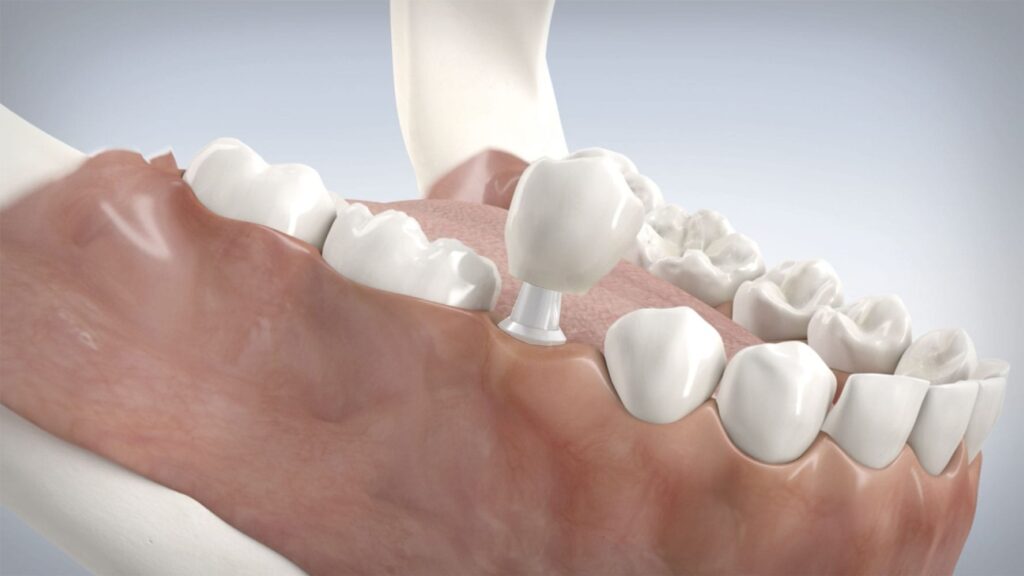
Studies are often sponsored by companies, how can we imagine this in your case?
Benjamin Hager: This is a very important point for us – good that you mention it. We always finance all our studies ourselves. It is precisely the point that manufacturers interfere in medical studies, whether through sponsorship or indirect sponsorship by providing doctors with salaries, that is a thorn in our side. We were particularly aware of this during our studies. Professors recommended and even dictated the use of individual products from manufacturers. This is not our approach.
We are proud that we can carry out our study independently, even if this is an enormous financial outlay. But here, too, we must emphasize that this approach will prevail in the long term, sustainably and qualitatively, and ultimately our patients will benefit from it, which makes us proud and confident.
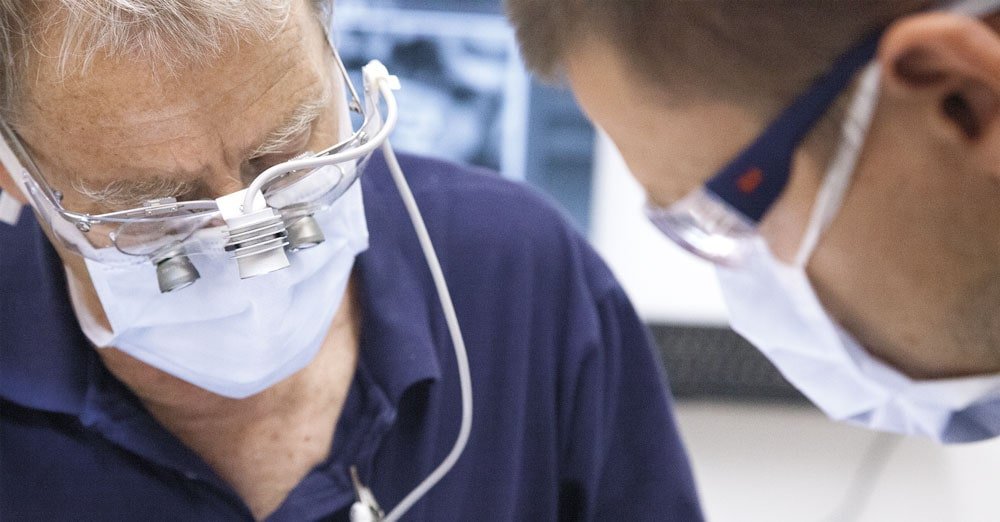
What are the advantages of ceramic implants for patients?
Dominik Hager: The white color of the ceramic is obviously a big advantage, but so is the biocompatibility and compatibility. Ceramic implants have many advantages but also disadvantages. It is a must for every implantologist to utilize the advantages and avoid the disadvantages.
How do you avoid these disadvantages?
Benjamin Hager: By understanding these disadvantages. Explained in somewhat technical terms, it can only be disadvantageous if, for example, ceramics are subjected to tensile stress. Simply explained, if you screw two porcelain cups together and tighten the screw more and more, everyone can imagine what happens – it breaks. Unfortunately, many colleagues and especially companies still fail to realize this.
What are the current challenges in implantology?
Benjamin Hager: We have just touched on the one challenge of the correct use of ceramic implants. Other tasks in implantology are certainly minimally invasive surgical techniques, i.e. the smallest possible intervention with the greatest possible benefit, i.e. making the operation appointment and post-operative healing as easy as possible for the patient.
At the same time, the position of the implant is planned and carried out with high precision using 3-dimensional X-ray imaging before it is inserted. This naturally helps us to make the procedure as quick, safe and sustainable as possible, as the implant should ideally provide stability for the rest of the patient’s life.
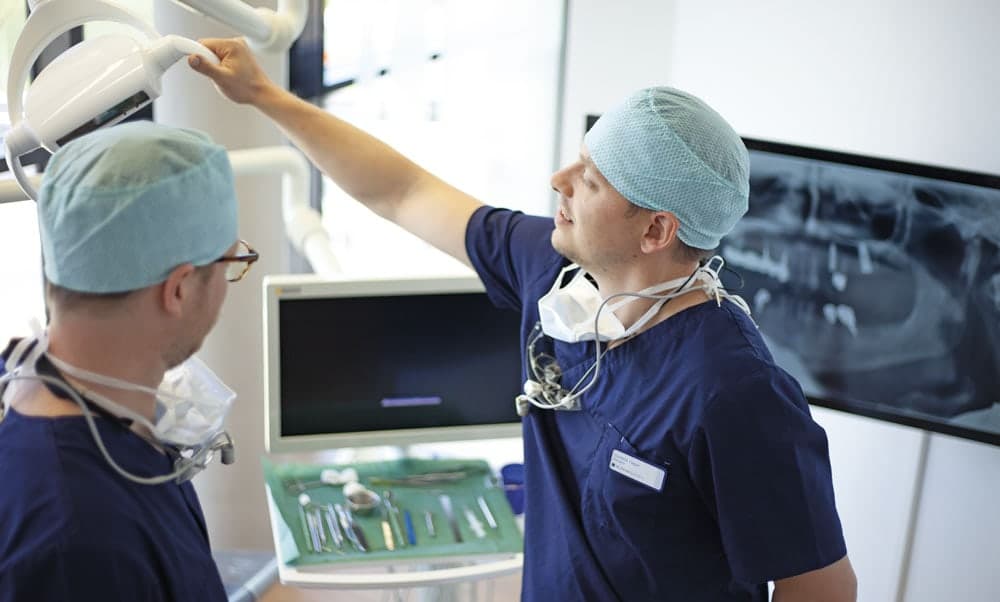
You mention sustainability, how long does an implant last?
Benjamin Hager: This is relatively easy to answer: as long as your real teeth. If you take proper care of your real teeth and implants, they will last until the end of your life.
When I talk about proper care, this clearly includes regular dental cleanings/dental hygiene. This gives patients confidence, as they can rely on the quality and performance.

At the turn of the year, you surprised us with two generous donations to Plan International and German Doctors? How did this support come about?
Dominik Hager: That’s the point of social media reach. We’ve been donating these exact amounts at the turn of the year for years, but we hadn’t mentioned it on the social media platforms.
Of course, we also see it as our duty to make the most of our opportunities, especially for children. We were impressed by the scope of the Plan International project. The project in Ghana supports the construction of sanitary facilities to establish adequate hygiene standards. And the donation to German Doctors directly supports two Philippine facilities on the island of Mindoro with a dentist and two doctors. Here, too, we received very warm messages from this aid mission in the middle of the Philippine Sea.
This naturally makes us proud that our financial support is also being put to direct use.
Many thanks to Benjamin and Dominik Hager for the informative interview!
